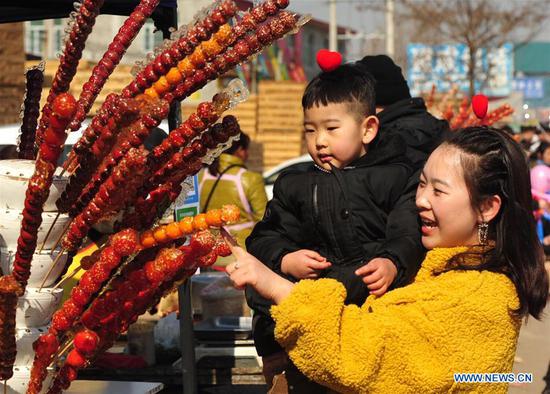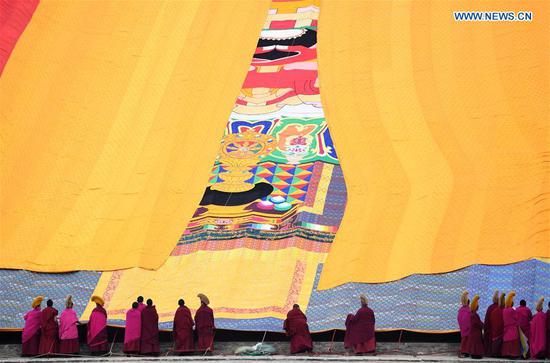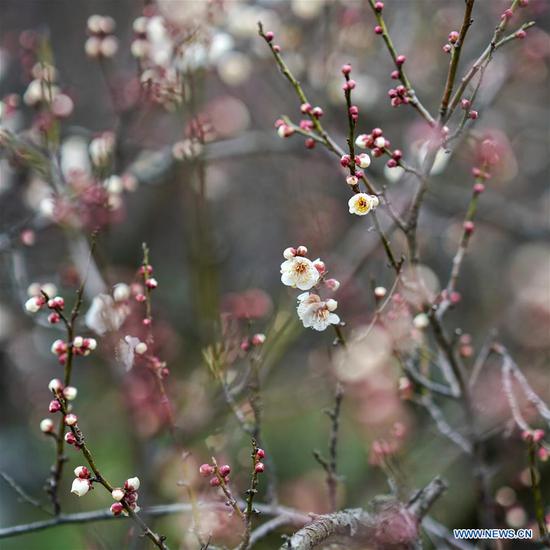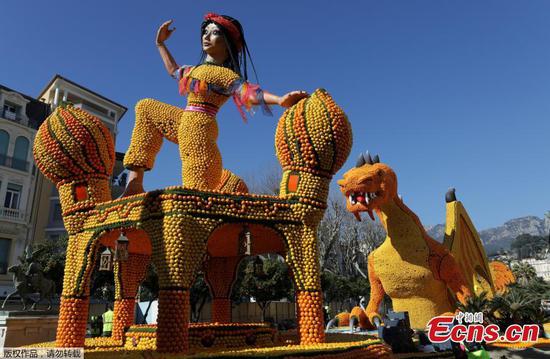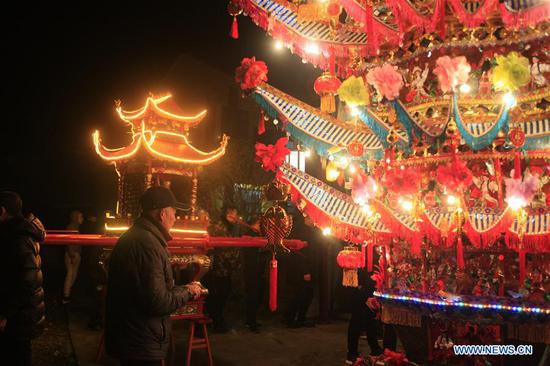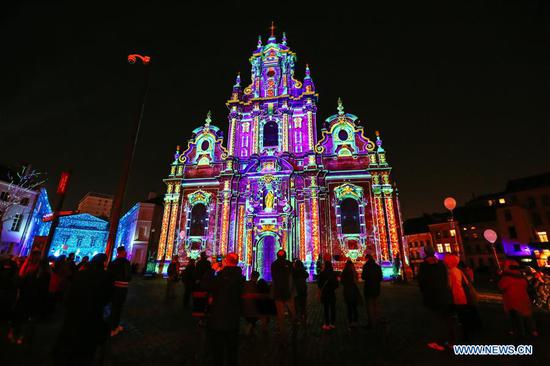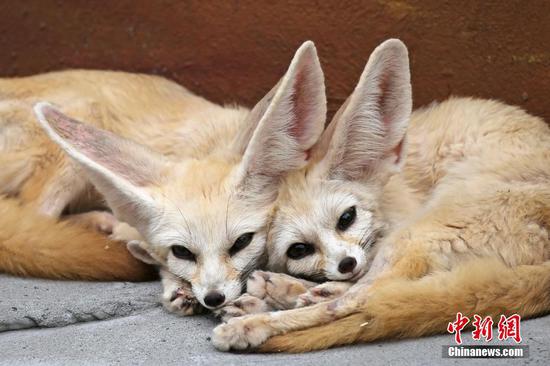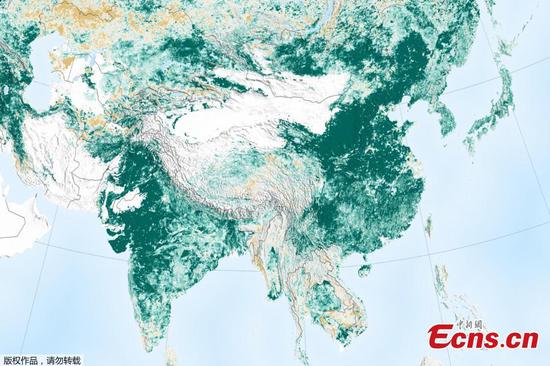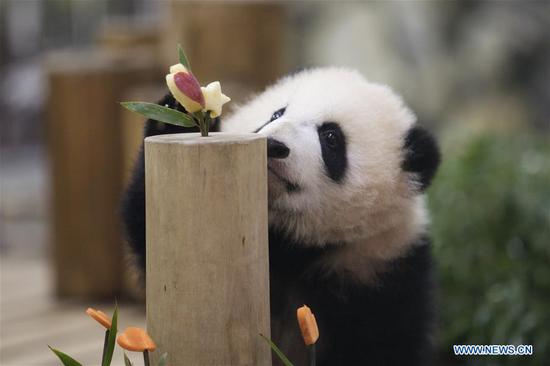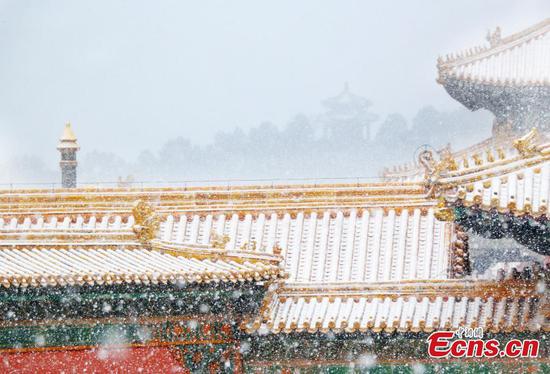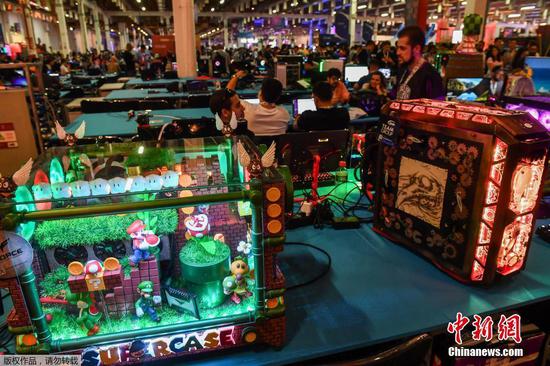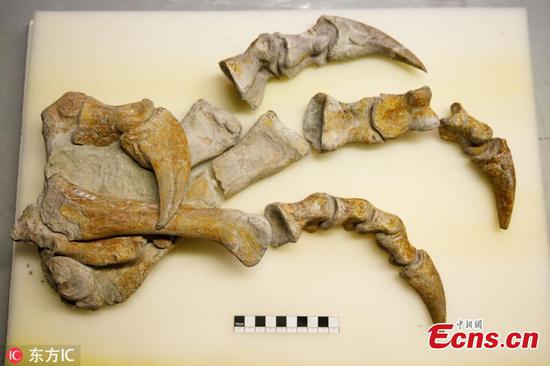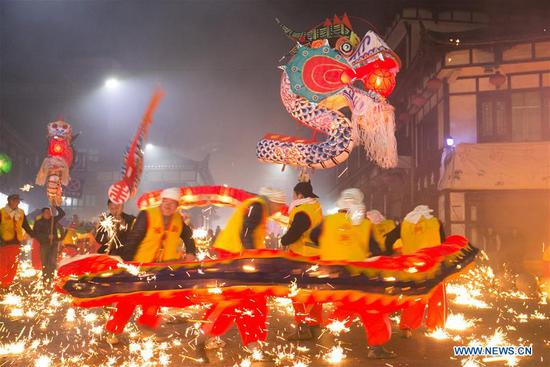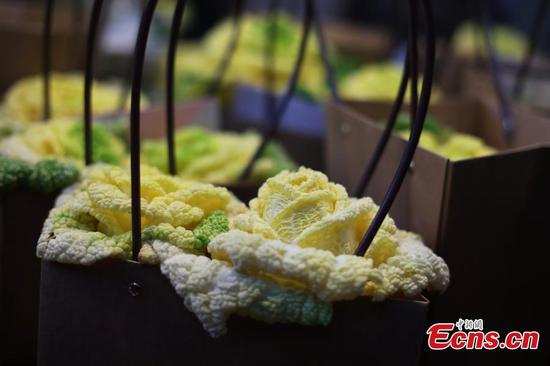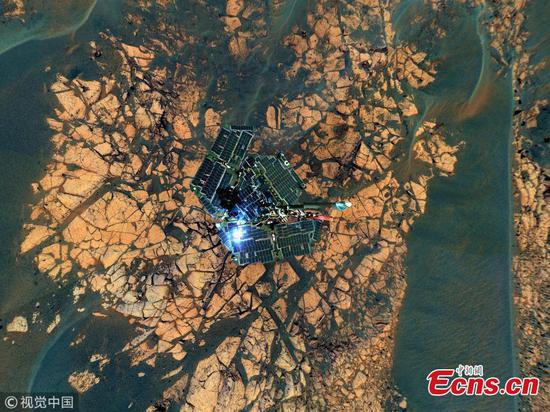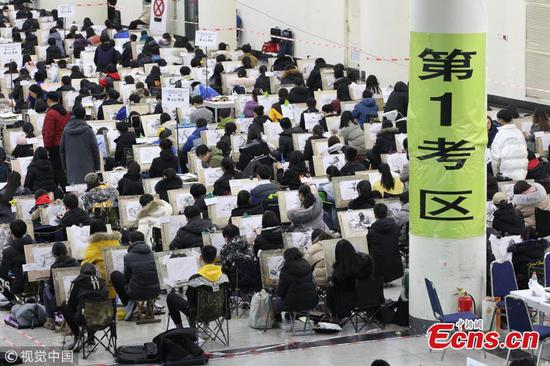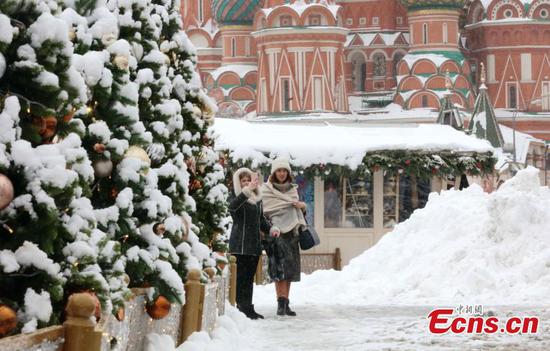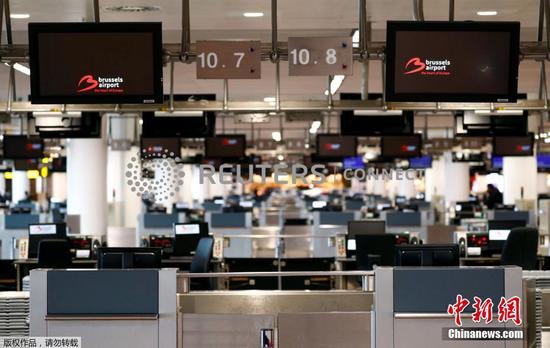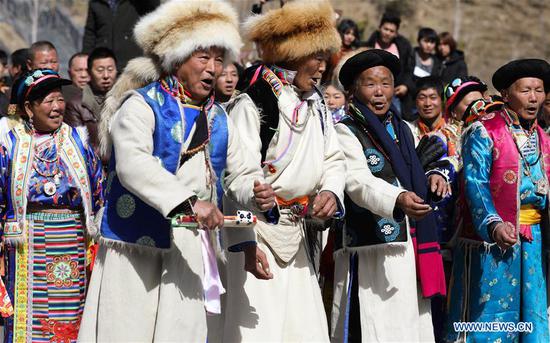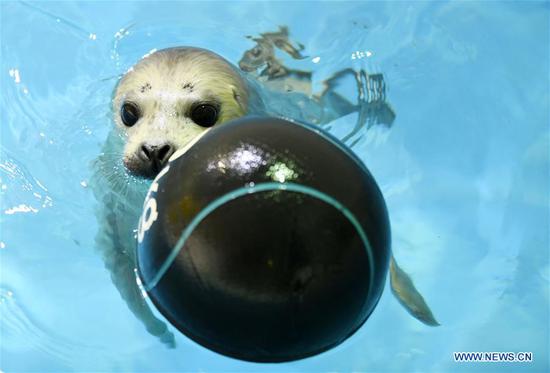Sales of cultural and creative products by the Palace Museum in Beijing reached 1.5 billion yuan ($221 million) in 2017 thanks to the increasing influence of the museum's intellectual property (IP), Shan Jixiang, curator of the Palace Museum, said on Sunday.
Addressing a forum in Yabuli, Northeast China's Heilongjiang Province, Shan said that the special budget allocated to the Palace Museum was 1.12 billion yuan in 2018.
"The government provided 54 percent of funds while the rest had to be earned ourselves," Shan was quoted as saying in a report by caijing.com.cn.
Cultural and creative products sold by the Palace Museum have gained increasing popularity in recent years.
The museum has offered more than 12,000 cultural souvenirs such as cosmetics, paper fans, mobile phone shells, key rings and refrigerator magnets, according to media reports.
"I bought several sets of cosmetics products last year. I couldn't resist a lipstick that had exquisite wrapping embossed with a design of flowers, a typical style of ancient culture," Tao Zi, a Beijing-based resident, told the Global Times on Sunday.
"Though it cost more than 200 yuan, the creative idea of combining daily necessities with Chinese culture is really attractive to me," she said.
An industry insider having the surname Chen said that the Palace Museum has built up a viable business map of its cultural and creative products based on its IP value as well as an open and interactive industry chain.
"As more creative technology, represented by the internet, has gradually entered into the research, development, sales and promotion of cultural products, it will also help drive cultural consumption in the country," Chen told the Global Times on Sunday.
The museum has become a new benchmark in cultural consumption with creative innovation as the starting point, Chen noted.
In 2018, China's per capita expenditure on education, culture and entertainment hit 2,226 yuan, accounting for 11.2 percent of per capita consumption, data from the Ministry of Culture and Tourism showed. The figure was 2,086 yuan in 2017, according to official data.
China's huge cultural consumption potential has not yet been unleashed, and there is huge room for growth in the market, which will become a new driving force for domestic economic development, according to Chen.









